In the ever-evolving world of architectural design, the materials chosen for a building’s facade play a crucial role in defining its aesthetic appeal, energy efficiency, and overall functionality. Among the most popular materials for creating modern and innovative commercial facades are aluminum and glass. These materials, when used together, can significantly enhance the visual appeal and performance of a building. In this article, we will explore how aluminum and glass contribute to the design of exceptional commercial facades, their benefits, and how they can be utilized to create visually stunning and highly functional buildings.
The Role of Aluminum in Commercial Facades
Aluminum has become one of the most preferred materials in architectural design due to its versatility, durability, and aesthetic qualities. When used in facades, aluminum offers several advantages that make it ideal for commercial buildings.
Lightweight and Strong
Aluminum is a lightweight material, making it easy to handle and install without compromising on strength. This property allows for large panels and complex designs that can transform the appearance of a building while ensuring structural integrity.
Durability and Corrosion Resistance
One of the most significant advantages of aluminum is its ability to withstand environmental stress. Aluminum is highly resistant to corrosion, which makes it suitable for both indoor and outdoor applications, especially in areas with harsh weather conditions. The longevity of aluminum facades contributes to reduced maintenance costs and ensures that the building’s exterior remains visually appealing for years.
Design Flexibility
Aluminum can be molded into various shapes and finishes, giving architects the freedom to create innovative and custom designs. The material can be anodized, powder-coated, or treated with different finishes to achieve a wide range of textures and colors, offering endless design possibilities.
Energy Efficiency
Aluminum is often used in conjunction with thermal breaks and insulating materials to improve the energy efficiency of commercial buildings. By reducing heat transfer, aluminum facades help maintain comfortable indoor temperatures, reducing the need for heating or cooling and contributing to the building’s overall sustainability.
The Contribution of Glass to Commercial Facades
Glass is another essential material in modern architectural design, especially in the creation of commercial facades. It allows for the integration of natural light into the building, offering both aesthetic and functional benefits.
Aesthetic Appeal and Transparency
Glass facades allow natural light to flood the interior of a building, creating bright and welcoming spaces. The transparency of glass also offers unobstructed views of the outside, enhancing the connection between the interior and the surrounding environment. The reflective properties of glass facades can also create striking visual effects, especially when combined with aluminum elements.
Energy Efficiency and Insulation
Contrary to the common misconception that glass is inefficient in terms of insulation, modern advancements in glass technology have led to the development of energy-efficient glazing systems. Low-emissivity (Low-E) coatings, double or triple glazing, and thermal breaks can significantly reduce heat transfer, making glass a viable option for energy-efficient facades.
Sound Insulation
In addition to thermal insulation, glass can also provide effective soundproofing, making it ideal for buildings located in noisy urban environments. With the right type of glass, commercial facades can mitigate external noise, creating a more comfortable environment inside the building.
Sustainability
Modern glass is highly sustainable, with many glass products being fully recyclable. The use of energy-efficient glass further enhances the sustainability of commercial buildings, helping them meet green building standards and reduce their environmental impact.
The Synergy of Aluminum and Glass in Commercial Facades
The combination of aluminum and glass offers a wide range of benefits, both aesthetically and functionally. When used together, these materials create a perfect balance of strength, beauty, and energy efficiency. Here’s how they work together to create exceptional commercial facades.
Seamless Integration
Aluminum framing is often used to support large glass panels, creating a seamless and sleek look. The slim profiles of aluminum frames allow for expansive glass surfaces, which maximize the amount of natural light that enters the building. This integration of aluminum and glass creates a minimalist and modern aesthetic that is highly sought after in commercial design.
Increased Flexibility in Design
By combining aluminum and glass, architects can achieve a variety of design styles, from sleek and modern to more traditional looks. Aluminum can be used to create structural elements, while glass can form large, uninterrupted surfaces that provide transparency and lightness. This flexibility allows designers to cater to the specific needs of a building, whether it’s a commercial office space, a shopping mall, or a hotel.
Enhanced Performance
The combination of aluminum and glass allows for superior energy performance. While aluminum provides strength and durability, glass brings natural light and insulation properties. This combination helps create an energy-efficient building that is both aesthetically pleasing and functional.
Customization
Both aluminum and glass can be customized to suit the specific needs of the project. Aluminum can be powder-coated in different colors, while glass can be treated with special coatings or tinted to enhance its performance or appearance. This level of customization allows for a high degree of creativity and personalization in the design of the facade.
The Benefits of Using Aluminum and Glass in Commercial Facades
Aesthetic Appeal
Aluminum and glass facades create a clean, modern, and sophisticated look that enhances the visual appeal of any commercial building. The combination of reflective glass and sleek aluminum framing creates an attractive and timeless design that is both functional and aesthetically pleasing.
Energy Efficiency
The energy-efficient properties of aluminum and glass work together to reduce a building’s overall energy consumption. The use of Low-E glass coatings, combined with the insulating properties of aluminum framing, helps maintain a comfortable temperature inside the building, reducing the need for artificial heating or cooling.
Low Maintenance
Both aluminum and glass require minimal maintenance. Aluminum is resistant to corrosion, and glass can be easily cleaned to maintain its transparency and aesthetic appeal. This reduces the long-term costs associated with maintaining the facade of a commercial building.
Sustainability
Both aluminum and glass are recyclable, which makes them environmentally friendly materials. The use of energy-efficient glass further contributes to the sustainability of the building, reducing its carbon footprint and helping it meet green building standards.
Aluminum and glass are two of the most versatile and effective materials for designing commercial facades. They offer a perfect balance of aesthetic appeal, functionality, and sustainability. By integrating these materials into the design, architects can create visually stunning and energy-efficient buildings that stand out in the urban landscape. Whether used for office buildings, retail spaces, or hotels, aluminum and glass facades provide the flexibility, performance, and beauty needed to elevate the design of any commercial project.

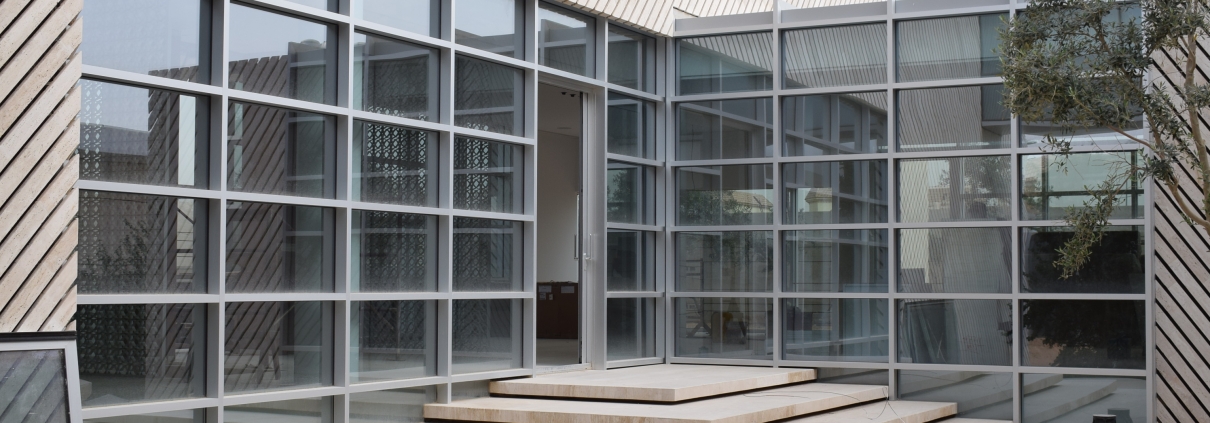
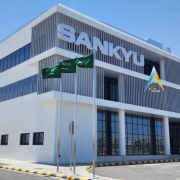
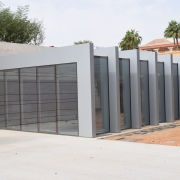
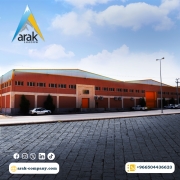
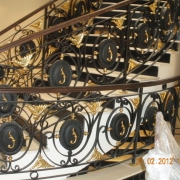
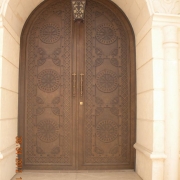
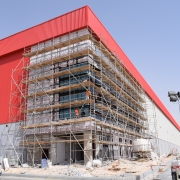
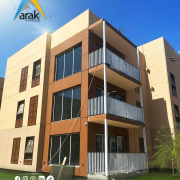
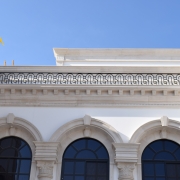


Leave a Reply
Want to join the discussion?Feel free to contribute!